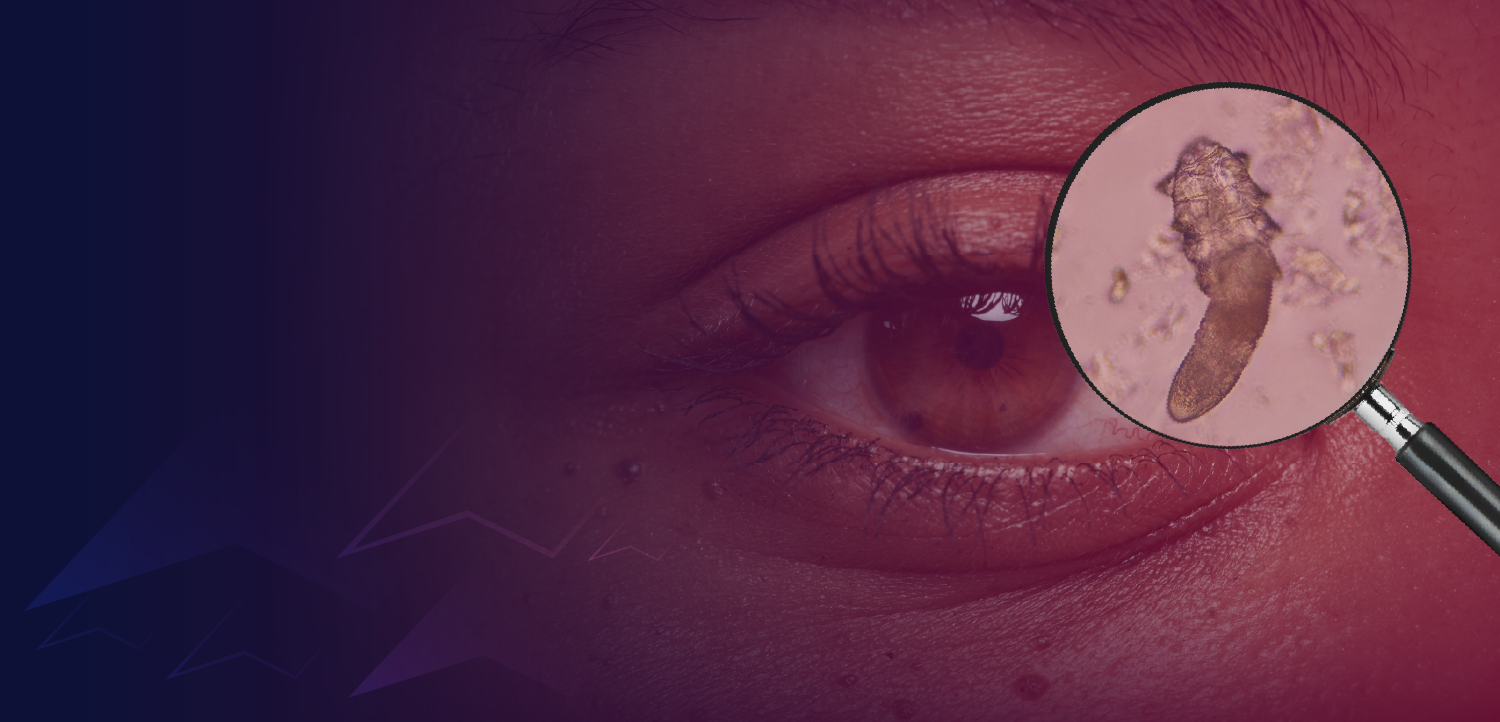
Forms of amblyopia can be identified by varying patterns of visual deficits
San Francisco-There are distinct forms of amblyopia characterized by varying patterns of visual deficits. Both blurred imagery and the loss of binocular function can cause amblyopia and determine the pattern of visual deficit, said Suzanne P. McKee, PhD, who reported on the results of an NEI-sponsored study analyzing a comprehensive set of visual function data collected in a large group of patients with amblyopia.
San Francisco-There are distinct forms of amblyopia characterized by varying patterns of visual deficits. Both blurred imagery and the loss of binocular function can cause amblyopia and determine the pattern of visual deficit, said Suzanne P. McKee, PhD, who reported on the results of an NEI-sponsored study analyzing a comprehensive set of visual function data collected in a large group of patients with amblyopia.
"The finding that loss of binocular function plays a causal role in the development of amblyopia came as a surprise to us," said Dr. McKee, senior scientist, Smith-Kettlewell Eye Research Institute, San Francisco. "This research suggests that rather than trying to cure amblyopia, there may be two things we can do to prevent it. First, we need to correct refractive error early in children with anisometropia and thereby minimize image blurring when acuity is developing. Secondly, and more difficult, we need to get the eyes straight enough to preserve binocularity in the central visual field."
The subjects were divided into 11 clinically defined categories: strabismics, inconstant strabismics, former strabismics, anisometropes, deprivationals, inconstant strabismic anisometropes, other abnormals, strabismic anisometropes, eccentric fixators, refractives, and normals. The number of persons in each group ranged from 18 to 101.
Using factor analysis to represent the vast database, the researchers first found that two independent factors-an acuity factor and a contrast sensitivity factor-accounted for about 80% of the variance in visual function of the abnormals. Based on those findings, the data for each of the clinical categories were represented in a two-factor measurement space divided into four quadrants using a horizontal acuity axis and a vertical contrast sensitivity axis. The factor space, and the location of the various clinical categories, is shown in Figure 1 with the division between binocular and non-binocular groups cutting diagonally across this space.
From that method of depiction, it was clear that different patient categories exhibited distinctive patterns of visual loss. Notably the anisometropes and deprivationals were adjacent in this space due to their poor contrast sensitivity and moderate loss in acuity. Intriguingly, all of the pure strabismic groups had supernormal monocular contrast sensitivity. Despite their superior contrast sensitivity, the acuity of the strabismics was no better than the acuity of anisometropes.
Newsletter
Don’t miss out—get Ophthalmology Times updates on the latest clinical advancements and expert interviews, straight to your inbox.


















































.png)


